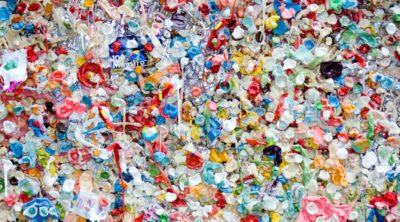
Air pollution has severe effects on the health of living beings. For the past several years, the government has introduced various measures to control air pollution.
Air pollution has many causes, and it affects humans, animals, and plants in many ways. Air is polluted by the addition of various harmful substances to the atmosphere. Some of the common sources are emissions from cars, factories, dust, pollen, etc. Inhaling air polluted with these substances, can cause various diseases, including certain types of cancers. The Environmental Protection Agency (EPA) is responsible for monitoring the pollution levels and compiling the air pollution statistics in the United States. There are around 4,000 monitoring stations in the country and most of these have been set up in the urban areas.
The Environmental Protection Agency checks the levels of the six pollutants. These are nitrogen oxide, ozone, sulfur dioxide, particulate matter, carbon monoxide, and lead. There are certain allowable limits for each pollutant, and the EPA is responsible to ensure that these pollutants do not cross these set limits. The EPA also compiles environmental pollution facts and information, so that people are made aware about air pollution.
- Carbon monoxide emissions have decreased by around 51% in the period 2000 – 2010.
- The levels of nitrogen dioxide, which contributes to formation of ozone, has decreased by 52% in the period 1980 – 2010.
- The level of pollutants due to sulfur dioxide have gone down by 83% in the period 1980 – 2010.
- Particulate Matter (PM) is also considered as a pollutant, and is classified into two groups – matter lesser than 2. 5 micrometers, and matter lesser than 10 micrometers. PM lesser than 10 micrometers saw a drop of 38% in the ensuing period 1990 – 2010, while PM lesser than 2.5 micrometers dropped by 27% in the ensuing period 2000 – 2010.
- Lead emissions have also seen a decline since 1980. The amount of lead pollutants in air has decreased by 89% in the period 1980 – 2010.
- Ground-level ozone has seen a decline of 28% in the period 1980 – 2010.
(Information is as per EPA statistics until 2010.)
Statistics by State
State of the Air 2010, a report on the quality of air, has revealed that the hard work done by the government and citizens, seems to be paying off well, as there is a lot of improvement on the quality of air, particularly in Atlanta, Cincinnati, Cleveland, and New York. The report also pointed out that despite these improvements, unhealthy air posed a threat to around 58% of Americans. According to the report, the most polluted regions of the United States are
- Los Angeles
- Bakersfield
- Visalia-Porterville
- Fresno-Madera
- Houston
- Detroit
- Dallas
- Hanford-Corcoran
- Philadelphia
- Cleveland
- Washington
- Chicago
- Louisville
The regions mentioned above are not arranged in any particular order, as the levels of pollution in an area are determined by the three parameters, namely, levels of short-term particle pollution, levels of year-round particle pollution, and levels of ozone pollution.
To achieve the goal of a clean, pollution-free America, there is a lot of work that needs to be done. The American Lung Association which focuses on improving lung health and quality air has recommended some actions which can help in controlling air pollution. These are:
- Cleaning up of power plants, dirty diesel engines, and ocean-going vessels.
- Reducing the consumption of fuel by carpooling, walking, or using the public transport. Biodiesel can also be used as an alternate as not only will it control air pollution but it will also save the non-renewable sources of energy.
- Planting a tree every year and by using bio-safe products in homes.
- Further research on how to tap solar and wind energy, so that dependence on combustible fuels decreases.
The statistics regarding the effect on living beings reveal that, controlling air pollution is one of the most crucial areas that needs to be focused on. The most important thing that we, as responsible citizens, need to remember is that, it is not only the duty of the government to have preventive measures in place and instead we can take initiatives too to improve the quality of air. If our future generations are to breathe in fresh air, it is very important that we respect mother nature and help in maintaining its balance. As William Ruckelshaus has aptly said, “Nature provides a free lunch, but only if we control our appetites”.

